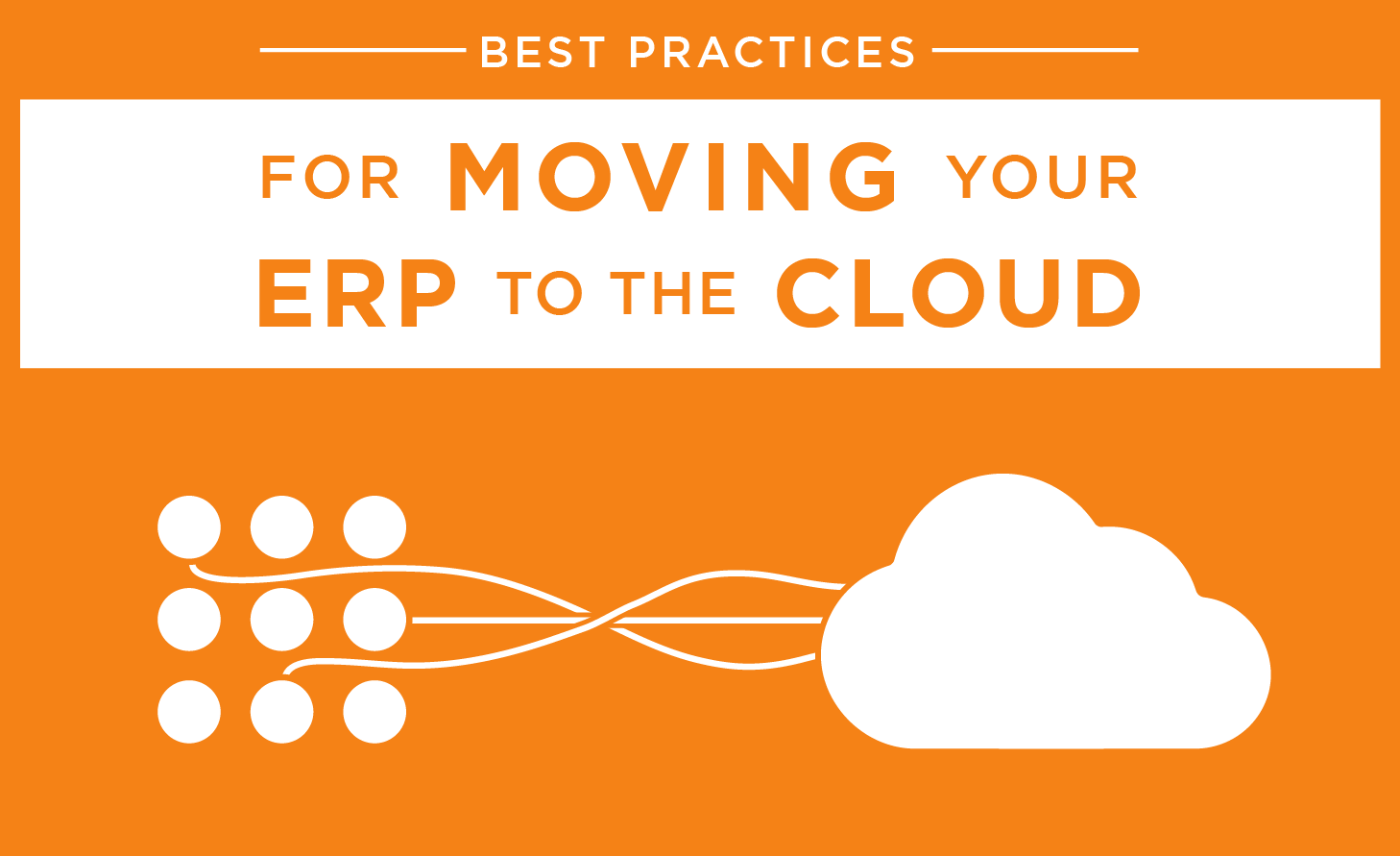
Thanks to the new updates released by JDE last December, ERP systems have caught up to the modern age. Perhaps due to this, businesses are moving their ERP to the cloud in growing numbers. This popular trend not only presents opportunities but also risks, as there are only a small number of vendors with experience in this type of system integration. If you are considering migrating your ERP onto the cloud or are currently in the process of doing so, keep in mind these three guidelines for successful cloud implementation.

If you need more information on what the mysterious “cloud” really means for your company, take a look at this article. It gives valuable background information and discusses how a cloud implementation will change the look and feel of your business.
One of the benefits of the cloud is that you don’t need to install anything, meaning you can start and finish the migration process faster than ever. However, if your migration plan isn’t executed effectively, the process can also be painfully slow. Taking an agile approach to cloud implementation can help you take advantage of the cloud’s speed and get your system up and running even faster.
One common practice used by many businesses is to establish small teams that direct small units of work. This strategy not only transfers your ERP quickly but also allows your business to identify and modify any processes that aren’t meeting your requirements. These small adjustments differentiate you from competitors, make your office run more smoothly, and can even attract new clients.
Any change in a company’s IT system can cause massive dysfunction in the workplace. Without constant communication, employees may not embrace the change as quickly as they could. They may be nervous about the changes that a move implies, or they may simply not realize that there’s anything wrong with their way of doing things.
However, the people who use your ERP systems every day are an even higher priority when it comes to communication. If they don’t buy into your plan, the solution simply won’t be a success. Introduce these employees to the changes that are coming to the system, and keep them updated on any additional changes that are being made. If they back the plan, they will be much more receptive to any changes in your ERP platform.
One of the greatest advantages of a modern, cloud-based ERP is the ability to access it in real time. This data comes in powerful and easy-to-use reporting and analytics tools that come standard with cloud implementation. What’s more, these reports can be accessed by virtually anyone in your business, whether they are senior executives or frontline employees.
It’s crucial to look at these reports and analytics early on in the implementation process. This means deciding which information you need, how you want your reports to look, and who will have access to what level of information. Providing your staff with early reports is a great way to turn skeptics into fans, and can also act as a tool for collecting valuable feedback.
We hope these suggestions have helped answer any questions you have about migrating your ERP system to the cloud.
Are you running IBM i or JDE World - check out this webinar to learn about cloud options.
Lorem ipsum dolor sit amet, consectetur adipiscing elit

For the past two decades, we've made it our business to help you work smarter. From commerce challenges to ERP customizations, we support the power of your big ideas by helping you work more strategically, more intuitively, and more efficiently.
2658 Scranton Road, Suite 3
Cleveland, Ohio 44113
216.369.3600
No Comments Yet
Let us know what you think